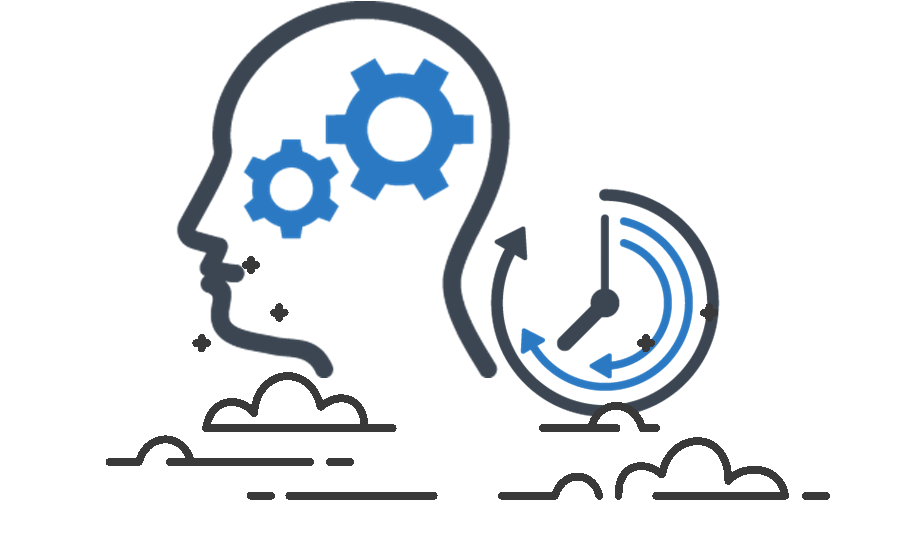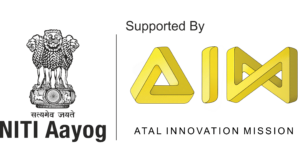Masterclass Series by AIC-BIMTECH Session 2: "How To Build A Working Prototype"

National Technology Day! 11 May 2023, Today marks a celebration of the tremendous developments and breakthroughs that technology has brought into our lives. From smartphones to artificial intelligence, technology has altered the way we live, work, and communicate. This entire week has been dedicated to acknowledging and promoting the impact that technology has had on our society. Through various events and activities, this week aims to highlight the many ways in which technology has made our daily lives more efficient, convenient, and connected.
Another chapter of AIC-BIMTECH’s masterclass series in celebration of National Technology Day, where we shared knowledge about ‘How to Build a Working Prototype,‘ and it was led by by Mr. Hrishab Sanghvi, co-founder and CTO of Railofy, a startup that is revolutionizing the train food experience in India. He is a second-generation founder, and he took masterclass focused on the key parameters that startups must keep in mind while developing their product. The speaker highlighted the common mistakes that startups make while prototyping and building products, resulting in burning their cash, and shared his experience to avoid the pitfall.
During the session, speaker stated the three areas that determine if a product is market ready. He emphasized that if people start talking about the product or are willing to pay the price for it, and the user retention curve flattens, the product is ready for the market. The session also shed light on the product development process, which includes idea generation, product definition, prototyping, initial design, validation, testing, and commercialization.

The interactive session saw enthusiastic participation from the audience, who raised several questions on the product development process. When asked about the difficulties in making a prototype.
Mr. Sanghvi suggested that having complete clarity in one’s mind and understanding the users, market, and pain points is crucial to overcome such challenges.
He also recommended using various tools such as: Whimsical, Figma, Usera, proto.io, respondent.io, Google/FB ads, among others, to achieve clarity during the initial stages of product development.
The speaker highlighted that understanding and incorporating user feedback at every stage of product development is crucial to create a product that truly addresses the user’s complication. He also discussed the 4 Ds – Discovering and Defining the problem, Designing and Delivering the solution to that problem – which are essential to creating a successful product.
Lastly, the speaker also touched upon the emerging trends in the field of AI, particularly the impact of tools like Chat GPT on the content marketing industry. He acknowledged that while these AI tools are indeed disrupting the traditional content marketing space, they are also providing content creators with a solid foundation upon which to build their work. Which is ultimately helping content creators to streamline their content creation process and providing ease in generating high-quality content.
The latest masterclass series initiated by Atal Incubation Centre-BIMTECH has demonstrated the centre’s commitment to promoting and educating aspiring entrepreneurs and startups. Through such initiatives, AIC-BIMTECH creates a culture of innovation and entrepreneurship and paves the way for a brighter and more technologically advanced future. We thank you session partners and participants for joining.
Key Takeaways!
- To build a working prototype, you need to understand the problem you’re solving and what the user wants. Make a plan before you start.
- Keep it simple: Don’t try to make your prototype too complex or advanced in the early stages. Stick to the core functionality and features that are essential for testing and refining your design.
- Use low-cost materials: You don’t need to use expensive materials or high-tech components for your prototype. That will ultimately lead to a cash burn.
- Test and iterate: Test your prototype with real users and gather feedback. Use this feedback to make improvements and iterate on your design until you have a product that meets the needs of your target audience.
- Document your process: Keep detailed notes, sketches, and photos of each iteration of your prototype. This documentation will help you track your progress, identify patterns, and remember what worked and what didn’t.
Session Video link: https://www.linkedin.com/video/event/urn:li:ugcPost:7061664400595689472/

